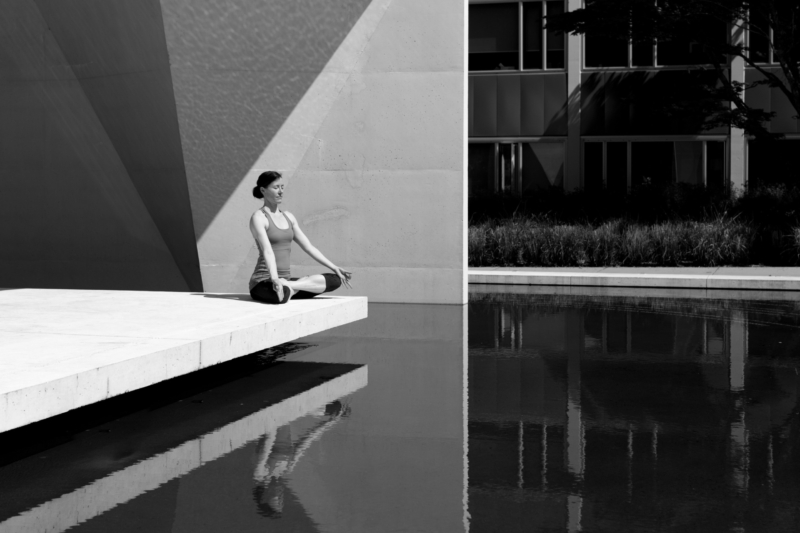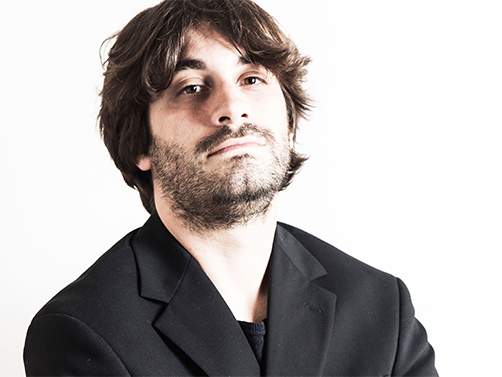
Rethinking ‘New Twenties’ living
Starting from the early twentieth century, architects began to ask questions about what the new canons and new needs of ‘modern’ living in industrial and then post-industrial cities might be.
First within the cities and subsequently expanding into the suburbs, the buildings in line multiplied, first in load-bearing masonry and later with the then new construction techniques that involved the use of concrete.
The predominant need was to house a greater number of inhabitants in a smaller portion of land within the increasingly saturated cities. During the twentieth century and especially in the second half, the key words for residential construction were: fluidity and dynamism, as well as economy.
The architecture that best responded to the needs born of the industrial revolutions was no longer the load-bearing masonry architecture, which for structural reasons determined a plan with defined rooms almost of comparable size, with high ceilings and small and regular windows and a few floors.
A real revolution in response to the new needs of the beginning of the last century takes place with the use of point-like structures in reinforced concrete that allow a free plan and the insertion of large, ribbon windows, and has often been characterized by use of low ceilings contrasted by double height spaces. The watchword of this new architecture was ‘fluidity’: the plants ‘freed’ from structural elements could be left as open spaces or be divided with mobile elements. At the same time, this construction technique allowed for serial production and a shortening of construction times.
The same trend has been projected into the internal distribution of the existing load-bearing masonry buildings, which living areas in many renovations between the 1990s / 1980s and the early 2000s were opened and transformed into open spaces.
But what are the spatial principles that can best respond to the needs of the new twenties, those of the twenty-first century?
Let’s try to paint what the needs of the next few years could be, starting with recent historical events, the priorities indicated by the 2030 Europe agenda for Sustainable Development and the observations that emerged during the restrictions due to the Covid-19 pandemic.
- Environmental, social and economic sustainability
The excess of standardization of both processes and products added to globalization has meant that in the homes of every family in the world there are some objects that are the same for everyone, starting with the furniture.
In recent years, a growing need for customization has emerged, so much so that even the largest brands that have made standardization their banner committed themselves to finding new ways of customizing objects produced in series.
Consumers who are attentive to not only environmental, but also social and economic sustainability issues are becoming more attentive to the production chain of the goods and furnishings they buy and are always looking for something unique that belongs only to them. There is a growing attention towards the recovery of local craftsmanship, which could lead to unexpected surprises in the coming years.
In addition, an important aspect to consider was the increase in daily energy consumption that Italian families (and others) had to face during the long months of work from home due to the pandemic. It has become clear that the place where we spend most of our time must also become more efficient from a consumption point of view.
We need to use solutions that are aimed not only at reducing consumption, but also and above all at optimizing the energy required and the healthiness of the environments, which is still a sore point in many Italian city centers and suburbs.
- Infrastructure and sustainable mobility
Mobility and the problems associated with it are a hot topic to Europe and to the 2030 agenda for sustainable development.
While in Italian cities, public transport will increase, producing a lower impact on gas and waste emissions into the environment and therefore requiring rails or other infrastructures that will be built in place of driving or parking lanes, citizens where they will park their cars, which will tend to use less and less?
Private parking lots will certainly be a fundamental element to consider when buying a home, in addition to proximity to public transport.
But transport infrastructure is not the only one that will be increasingly needed in metropolitan cities. In fact, if we have to get used to working anywhere and communicating with anyone in any part of the world, another necessary infrastructure will be a fast internet connection.
Metropolitan cities in their entirety will therefore have to equip themselves with suitable infrastructures to make all inhabited centers interconnected both virtually and physically.
- Physical, mental and social health and safety
Another aspect that the restrictive measures due to the ongoing pandemic have helped us to bring out and clearly outline is that we need places for refreshment both physical, mental and social, both in our homes and in our cities. This kind of places is mainly realized in green spaces, which we need within our properties or within a short distance, reachable within 400m from your home.
Security is another essential element of any habitat that promotes well-being. The buildings we live in should be the safest place we know. This first of all passes from the structure that composes them, which in many cases in Italy is not anti-seismic or requires restoration.
- Circular economy
The kitchens in modern city architecture have been reducing in size, hand in hand with the decrease in the size of the apartments. In the busy city life, it was not necessary to have large pantries or large rooms for cooking, because you could find ready-made meals at every corner.
Although this is still the case, the growing attention to the circular economy and the rediscovery of the ‘zero kilometer’ food supply chain (as well as the rediscovery of homemade bread during the pandemic) could require the kitchens of many Italians to have more space for preserving food and the leavening of the dough.
Reflecting on the macro-area, this epidemic has shown us that a level of neighborhood service and economy is essential, which can guarantee a good level of quality of life without forcing residents to move from their area. The importance of green areas within cities, including historic centers, has proved to be extremely fundamental for the social, environmental and psychological well-being of citizens. It will therefore be necessary to recover urban public spaces or even convert underutilized or abandoned private spaces with services for people and urban green, creating small green lungs in cities.
Within individual homes, the advice concerning the well-being of the environments already discussed in the previous article may certainly be useful for the interior Living weell-being 1/3.
We need our home to be a safe, secure place that gives us positive and stimulating feelings. Sometimes it can take a little to improve an environment a lot.
News of the confirmation of home bonuses in Italy (renovation bonus with 50% deductions; mobile bonuses with 50% deductions; Ecobonus with deductions up to 65%; Sismabonus, with deductions up to 65%; Superbonus, with deductions up to 110%) also renewed for 2021 and in some cases strengthened can be an opportunity to implement some renovation strategies for our homes, obtaining an excellent result with a minimum cost.
The Hyper STP team is available for an interlocutory meeting and for further information on the active possibilities for improving the living well-being in your homes.
Images from www.pexels.com (Pixabay – Anthony Shkraba – Tranmautritam)
Arch. Sara Basile
with eng. Giuseppe Salamone
Editorial staff

Nicoletta Sadun

Sara Basile

Giovanna Padellaro

Marco Biagiotti


